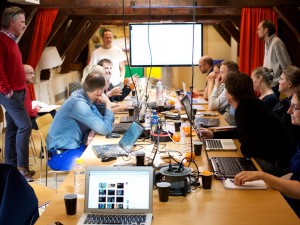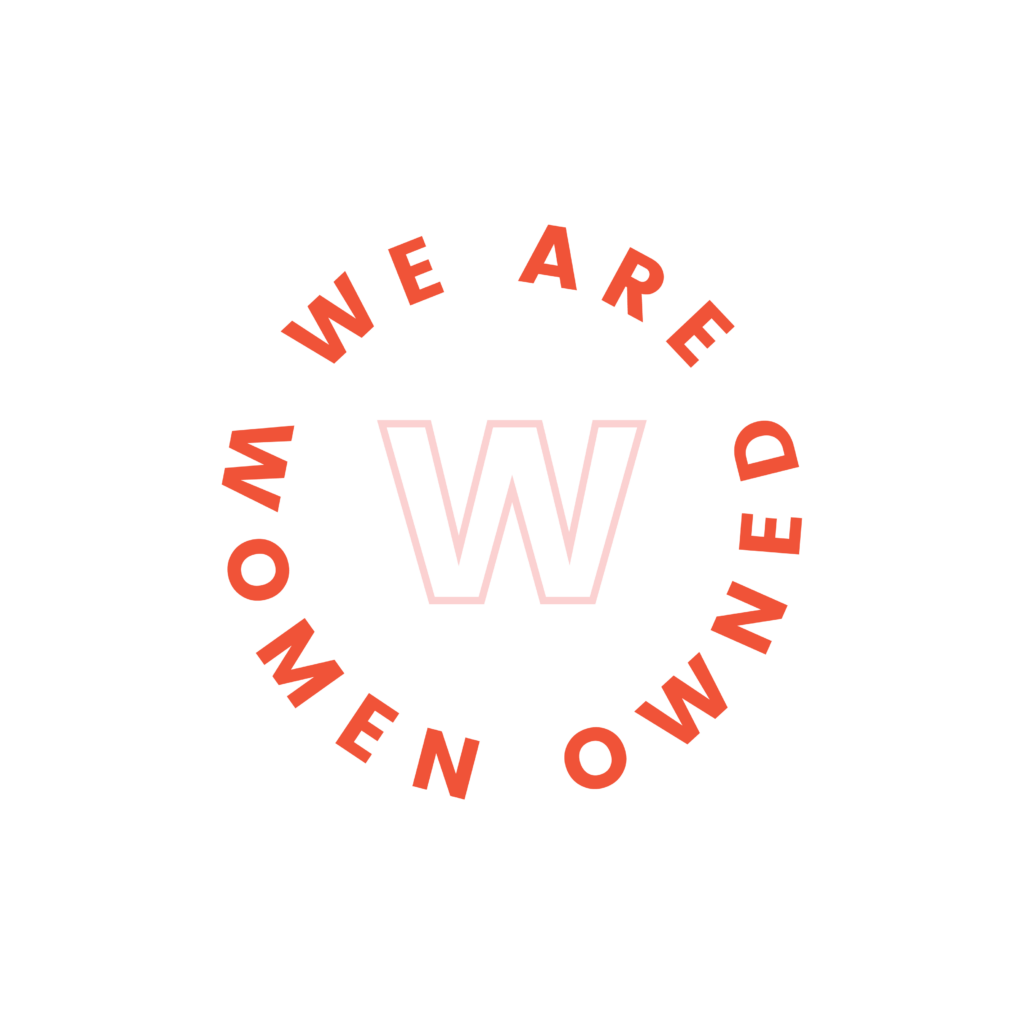
Building a healthy culture from the ground up is one thing, but changing an existing one – that’s quite another story. And it’s definitely not for the faint of heart.
A Different Kind of Problem
Good business leaders can analyze most problems, create solutions, and empower their teams to rally around and execute on that vision. Problems like increasing sales, decreasing costs, or strengthening partner relationships are specific and actionable.
But cultural change can be quite a different story. Unlike those that have clear beginnings and endings, cultural change is “fuzzy” and requires ongoing attention of long periods of time.
Cultural change also requires leaders to work with what they’ve got, rather than starting from a clean slate.
In some cases, business cultures have been established for years, making them incredibly difficult to impact. And often, the longer workplace norms have been in place, they harder they are to change.
Why Cultural Change Can Be Difficult
The change process for embedded corporate cultures also requires working in the “middle,” where things can be complicated, ambiguous, and chaotic.
Once it feels like a problem has been solved, something happens to suggest (given the new circumstance) that there may a better way to solve it. Armed with this new and constantly changing perspective, it can be a challenge to hit the ever-moving target.
Cultural change requires leaders and managers to have the mental space to hold complex priorities and views without becoming overwhelmed. A well-thought-out, integrated team approach that engages people while building and reinforcing momentum can go a long way toward making the cultural change process productive and rewarding—but this is clearly a journey, not a project.
3 Relationship Tips for Leaders Facing Change
As a business leader, you depend on relationships to get most of your work done. And because of this, you undoubtedly face some unique relationship challenges. If your organization is going through a change process, the pressures of maintaining quality relationships increases even further.
To combat these challenges, we offer three tips to ensure you build as much momentum and velocity as possible during the change process at your organization.
1.) Stay True to Yourself
This is not a recommendation to be hard-headed or stubborn. This is, however, a reminder to explain your convictions to the people who will be impacted by the impending change. As a leader, it is your role to share not only the vision with your team but to do it in a way that you get buy in from as many as possible. Ask for feedback and give them a way to be heard – but remember to stay true to where you are trying to get to.
2.) Evaluate and Balance Different Types of Relationships
No two relationships are the same. While staying true to yourself and being authentic with the person you are engaged with is important, know that not every relationship carries the same weight. Your time and attention are limited, so focus the bulk of your efforts on those relationships that will yield the most impact in creating sustainable change.
3.) Install a Culture That Promotes Powerful Business Relationships
You are in charge. But that doesn’t necessarily mean orders should be passed down from the top. The most successful cultures are those that value and promote many types of relationships – between managers, employees, teams, departments, and even other organizations. Lead by example and show your employees the value of connecting with one another in order to get more done.
Adapted from “Five Keys to Powerful Business Relationships,” the latest book from S4 Consulting.
Photo courtesy of Sebastiaan ter Burg.




